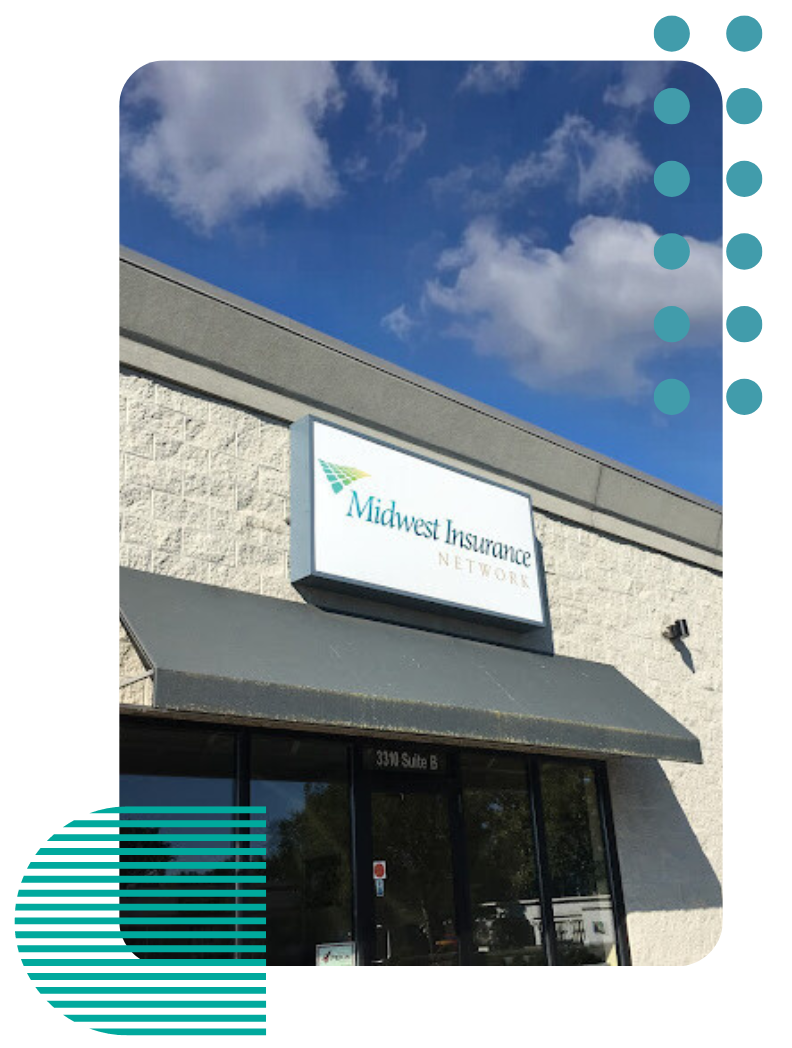Top 3 Recommended Policies
Index
What Is Directors & Officers Insurance?
Current Trends Impacting Ohio D&O Insurance
Legal and Regulatory Risks Facing Ohio Directors & Officers
Financial Stability and Insolvency Risks
Technological Advancements in D&O Underwriting and Claims Management
Key Considerations for Ohio Directors & Officers When Choosing Insurance
Contact Us
Phone
agency@midwest-insure.com
Location
Northwood, OH
3310 Woodville Road, Suite D
Northwood, OH 43619
Elmore, OH
361 Rice Street
Elmore, OH 43416
Directors and Officers (D&O) insurance is an essential safeguard for those at the helm of Ohio’s corporations and organizations. This specialized coverage protects company leaders from personal losses if they are sued for alleged wrongful acts while managing a company. Given the evolving legal landscape and emerging risks, understanding the nuances of D&O insurance in Ohio is crucial for directors, officers, and business owners alike.
In recent years, the D&O insurance market has seen significant shifts, including a notable
5.2% decrease in premiums for $1 million coverage in Q2 2024, signaling a more competitive environment for policyholders. This article delves into the key aspects of Ohio D&O insurance, current market trends, and the risks that directors and officers need to be aware of in 2024 and beyond.
What Is Directors & Officers Insurance?
D&O insurance provides financial protection to directors and officers against claims arising from decisions and actions taken within the scope of their corporate roles. These claims can stem from allegations of mismanagement, breach of fiduciary duty, errors, omissions, or misleading statements that result in financial loss or regulatory penalties. In an increasingly litigious environment, the importance of this insurance cannot be overstated, as it serves as a safety net for those who are at the helm of corporate governance.
In Ohio, where businesses range from startups to multinational corporations, D&O insurance is vital to attract and retain qualified leaders who want assurance that their personal assets won’t be jeopardized due to company-related legal actions. Without this coverage, directors and officers might face lawsuits that could lead to costly settlements or judgments. Furthermore, the competitive landscape in Ohio necessitates that companies not only protect their executives but also demonstrate a commitment to ethical governance, which can enhance their reputation and operational stability.
Coverage Components
Typically, D&O insurance covers defense costs, settlements, and judgments related to claims made against directors and officers. It may also include coverage for the corporation itself if it indemnifies its executives. Policies vary, but common coverage areas include:
- Claims alleging breach of fiduciary duty
- Securities class action lawsuits
- Employment practices violations
- Regulatory investigations and penalties
Understanding the scope of coverage and policy exclusions is essential before purchasing a plan, especially in Ohio’s diverse business environment. Additionally, many policies offer optional endorsements that can expand coverage to include wrongful acts committed by employees or even cover the costs associated with crisis management, such as public relations efforts following a significant incident. This flexibility allows companies to tailor their D&O insurance to meet their unique needs and risks, ensuring that they are adequately protected against a wide array of potential claims.
Moreover, the evolving regulatory landscape, particularly with increased scrutiny from agencies like the SEC and OSHA, makes it imperative for businesses to stay informed about the latest trends in D&O insurance. As new laws and regulations emerge, the potential for claims against directors and officers may rise, underscoring the necessity for comprehensive coverage. Companies in Ohio should regularly review their D&O policies to ensure they align with current legal standards and adequately reflect the risks associated with their specific industries, thereby safeguarding their leadership and overall corporate integrity.

Current Trends Impacting Ohio D&O Insurance
The D&O insurance landscape is continuously shaped by emerging risks, regulatory changes, and market dynamics. Ohio directors and officers should be aware of several key trends influencing coverage and risk management today.
Premium Adjustments and Market Conditions
After years of rising premiums, the D&O insurance market in 2024 has begun to soften. The cost of $1 million in D&O coverage dropped by 5.2% in Q2 2024, with 68% of primary policies experiencing price decreases. This trend offers some relief to Ohio companies seeking affordable protection but also reflects insurers’ confidence in improved risk assessment technologies and market stabilization.
Despite this easing, companies should not become complacent. The complexity of claims and emerging risks means that careful underwriting and tailored policies remain critical. Insurers are increasingly focused on the financial health of companies, their governance structures, and their historical claims data. As a result, businesses that proactively engage in risk management practices, such as regular audits and compliance training, may find themselves in a better position to negotiate terms and secure lower premiums. Additionally, the competitive landscape encourages insurers to innovate, leading to more customized policy options that can address specific industry challenges.
Rise of AI in Due Diligence
One of the most transformative changes in risk management is the adoption of artificial intelligence (AI). A recent study found that 69% of public companies now use AI tools during due diligence processes. This technology helps identify potential risks early, streamline compliance, and enhance decision-making, which can ultimately reduce the likelihood of D&O claims.
Ohio companies leveraging AI in governance and compliance are better positioned to mitigate risks and negotiate favorable insurance terms. The integration of AI not only improves efficiency but also allows for predictive analytics that can foresee potential issues before they escalate. For example, AI can analyze vast amounts of data to detect patterns that might indicate financial mismanagement or compliance lapses, enabling companies to address these issues proactively. Furthermore, as regulators increasingly scrutinize corporate governance practices, the ability to demonstrate a robust AI-driven compliance framework can serve as a significant advantage in both risk management and insurance negotiations.
Cybersecurity as a Leading D&O Risk
Cyber threats have become a top concern for directors and officers globally. In fact, 62% of directors surveyed identified cyber attacks, data breaches, and digital crimes as primary D&O risks. For Ohio businesses, this means that D&O policies increasingly need to address liabilities arising from cybersecurity failures, including regulatory fines and shareholder lawsuits.
Directors must ensure their companies have robust cybersecurity measures and that their D&O insurance covers cyber-related claims adequately. This includes investing in advanced security protocols, conducting regular vulnerability assessments, and fostering a culture of cybersecurity awareness among employees. Moreover, as cyber incidents can lead to reputational damage and loss of consumer trust, companies that prioritize cybersecurity not only protect their assets but also enhance their overall market position. Insurers are now looking for evidence of proactive cybersecurity strategies when underwriting policies, making it essential for Ohio firms to demonstrate their commitment to safeguarding sensitive information and maintaining compliance with evolving regulations.
Legal and Regulatory Risks Facing Ohio Directors & Officers
Directors and officers in Ohio face an expanding array of legal challenges that can trigger D&O claims. Understanding these risks is vital for effective risk management and insurance planning.
Increase in Securities Class Action Lawsuits
Securities class action (SCA) lawsuits have nearly doubled over the past decade, peaking at 268 cases in 2019. These lawsuits often target directors and officers for alleged misrepresentations or omissions affecting shareholders. Ohio companies, especially publicly traded ones, must be vigilant about disclosures and corporate governance to minimize exposure.
Moreover, the rise in digital communication and social media has amplified the potential for rapid dissemination of information, making it easier for shareholders to claim they were misled. Directors and officers should prioritize transparency and ensure that all communications are carefully vetted to avoid unintentional misstatements that could lead to legal repercussions.
Surge in ESG-Related Litigation
Environmental, Social, and Governance (ESG) issues have become a major focus of litigation. Over the past eight years, more than 1,200 climate change-related lawsuits have been filed internationally, a sharp increase compared to previous decades. Ohio directors involved in industries impacted by environmental regulations or social governance standards should be aware of the growing risk of ESG-related claims.
These lawsuits can allege failure to disclose climate risks, mismanagement of sustainability initiatives, or violations of environmental laws, all of which can lead to costly legal battles. Furthermore, the increasing pressure from investors and consumers for companies to adopt sustainable practices means that directors must not only comply with existing regulations but also proactively engage in corporate social responsibility initiatives to mitigate potential liabilities.
Geopolitical Tensions and Their Impact
Ongoing geopolitical conflicts, such as the Russia-Ukraine war and tensions in the Middle East, have created additional challenges for directors and officers. These situations can lead to sanctions, supply chain disruptions, and increased regulatory scrutiny, heightening the risk of legal actions against company leadership.
Ohio businesses with international exposure must consider these factors when assessing their D&O insurance needs and risk management strategies. Additionally, the evolving landscape of trade agreements and tariffs can create further uncertainties, compelling directors to stay informed about global market dynamics and their potential implications on business operations. As geopolitical risks continue to evolve, proactive engagement in strategic planning and scenario analysis will be essential for safeguarding against unforeseen legal challenges.
Financial Stability and Insolvency Risks
Economic conditions significantly influence the frequency and severity of D&O claims. The global insolvency rate is projected to increase by 11% in 2024, with major insolvencies already up 26% year-on-year in the first three quarters of 2024. This trend signals heightened financial distress risks, which often lead to shareholder litigation and creditor claims against directors and officers.
Ohio companies operating in sectors vulnerable to economic downturns should be particularly cautious and ensure their D&O coverage is robust enough to handle insolvency-related claims.
As the landscape of corporate governance evolves, the role of directors and officers becomes increasingly scrutinized, especially in times of financial instability. Stakeholders are more likely to hold executives accountable for perceived mismanagement or failure to act in the best interests of the company, particularly when the company faces insolvency. This environment can lead to a surge in litigation, where shareholders may allege that directors failed to fulfill their fiduciary duties, thus exacerbating the financial challenges faced by the organization. Companies must not only be aware of these risks but also actively engage in risk management practices that include regular assessments of their D&O insurance policies to ensure they are adequately protected against potential claims.
Moreover, the implications of financial distress extend beyond immediate legal risks; they can also affect a company’s reputation and operational capabilities. A company facing insolvency may struggle to attract new investors or retain key talent, as uncertainty about its future can lead to a loss of confidence among stakeholders. In this context, Ohio companies should consider implementing comprehensive training programs for their directors and officers, focusing on best practices in corporate governance and crisis management. By fostering a culture of transparency and accountability, organizations can mitigate the risks associated with insolvency and enhance their resilience in the face of economic challenges.

Technological Advancements in D&O Underwriting and Claims Management
The insurance industry is embracing digital transformation to improve underwriting accuracy and claims processing efficiency. Technologies such as AI, machine learning, and big data analytics enable insurers to better assess risks and tailor policies to individual companies’ profiles.
For Ohio directors and officers, this means faster policy issuance, more competitive pricing, and potentially more comprehensive coverage options. Additionally, enhanced claims management can lead to quicker resolutions, reducing the financial and reputational impact of lawsuits.
These advancements are reshaping how D&O insurance is purchased and administered, offering benefits to both insurers and insureds. As insurers leverage predictive analytics, they can identify emerging risks that may not have been previously considered, such as cyber threats or regulatory changes. This proactive approach allows companies to adjust their risk management strategies and ensure they are adequately protected against potential liabilities.
Furthermore, the integration of digital platforms facilitates better communication between insurers and policyholders. With user-friendly portals, directors and officers can easily access their policy information, submit claims, and track the status of their claims in real-time. This transparency not only enhances customer satisfaction but also fosters a more collaborative relationship between insurers and their clients, ultimately leading to more tailored coverage solutions that meet the evolving needs of businesses in Ohio and beyond.
Key Considerations for Ohio Directors & Officers When Choosing Insurance
Selecting the right D&O insurance policy requires a thorough understanding of the company’s risk profile and the evolving legal environment. Ohio directors and officers should consider the following factors:
Policy Limits and Deductibles
Determine appropriate coverage limits based on company size, industry risks, and potential exposure. Higher limits provide greater protection but come with increased premiums. Deductibles should also be balanced to manage out-of-pocket costs without compromising coverage. It is essential to conduct a comprehensive risk assessment to identify potential liabilities that could arise from various business operations. This assessment will help in determining whether higher limits are necessary, particularly for companies operating in sectors with heightened regulatory scrutiny or those that are more prone to litigation.
Coverage Extensions
Look for policies that include coverage for emerging risks such as cybersecurity incidents, ESG litigation, and regulatory investigations. Some insurers offer tailored endorsements that address these specific exposures. As the landscape of corporate governance continues to evolve, having coverage that adapts to new challenges is vital. For instance, with the rise of digital transformation, the threat of data breaches has become a significant concern for many organizations. Policies that include coverage for cyber-related claims can provide peace of mind and financial protection against the fallout from such incidents.
Claims-Made vs. Occurrence Policies
D&O insurance is typically written on a claims-made basis, meaning coverage applies only if the claim is made during the policy period. Understanding this distinction is critical for ensuring continuous protection, especially when changing insurers or renewing policies. Additionally, it is important to consider the implications of retroactive dates, which can affect coverage for claims arising from events that occurred prior to the policy period. Directors should be proactive in ensuring that there are no gaps in coverage during transitions, as this can expose them to significant risks.
Insurer Reputation and Financial Strength
Partnering with a reputable insurer with strong financial ratings ensures reliable claims handling and long-term support. Ohio directors should research insurers’ track records and client feedback before committing. Beyond financial strength, it is also beneficial to evaluate the insurer's claims process and customer service reputation. A responsive and efficient claims handling process can significantly impact the experience of directors and officers during stressful situations. Engaging with peers or industry associations can provide insights into which insurers have a proven history of supporting their clients effectively in times of need.
Conclusion
Ohio Directors and Officers face a complex and evolving risk landscape that demands careful attention to insurance protection. With premiums becoming more competitive and technological innovations enhancing underwriting, now is an opportune time for Ohio businesses to review and optimize their D&O insurance coverage.
Staying informed about key risks such as cybersecurity threats, securities litigation, ESG lawsuits, and geopolitical tensions is essential for effective risk management. Leveraging advanced tools like AI in due diligence and partnering with experienced insurers can help Ohio directors and officers safeguard their personal assets and corporate reputations.
For more insights on how these trends are shaping the D&O insurance market, visit Allianz’s Directors and Officers Insurance Insights.




